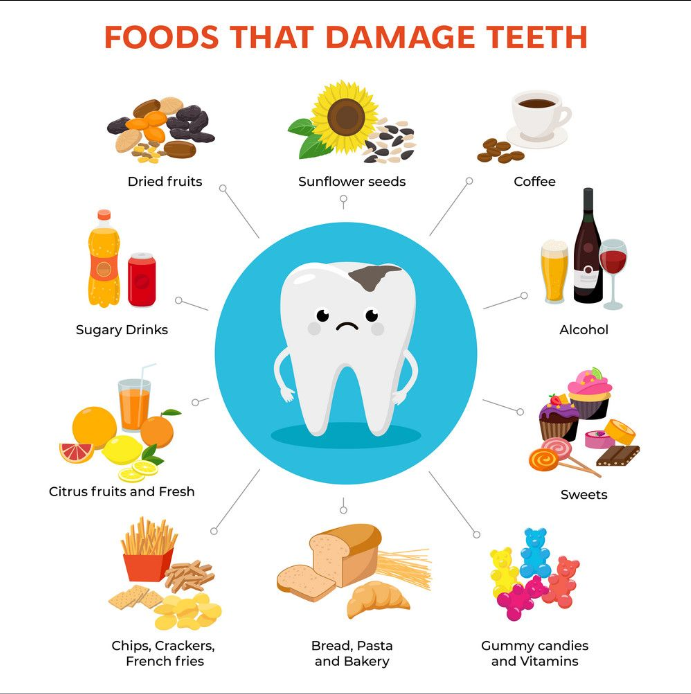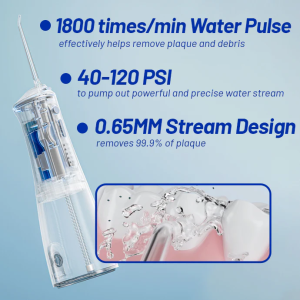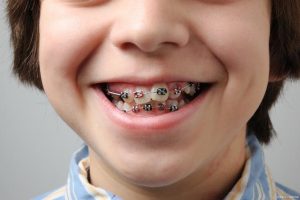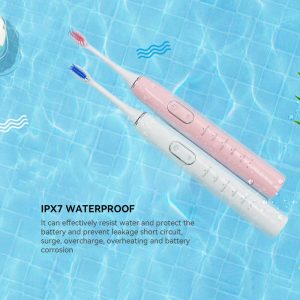Tooth sensitivity can strike unexpectedly, causing sharp pain when consuming hot, cold, sweet, or acidic foods and drinks. If you’ve ever winced while sipping coffee or biting into ice cream, you’re not alone. Sudden tooth sensitivity is a common issue, but understanding its causes and solutions can help you manage it effectively.

1. Identify the Cause of Sensitivity
The first step in addressing tooth sensitivity is determining its root cause. Common triggers include:
Thin Enamel: Enamel erosion exposes the sensitive dentin underneath, leading to discomfort.
Grinding Teeth: Bruxism (teeth grinding) can wear down enamel and increase sensitivity.
Brushing Too Hard: Aggressive brushing can damage enamel and gums, exposing sensitive areas.
Acidic Foods and Drinks: Frequent consumption of citrus, soda, or wine can erode enamel.
Tooth Decay: Cavities near the gumline or nerve can cause sudden sensitivity.
Gum Recession: Receding gums expose tooth roots, which lack protective enamel.
2. Adjust Your Oral Care Routine
If brushing too hard is the culprit, switch to a soft-bristled toothbrush and use gentle, circular motions. Consider a desensitizing toothpaste containing potassium nitrate or stannous fluoride to block pain signals. Additionally, avoid acidic foods and drinks that worsen enamel erosion—rinse with water afterward if consumed.
3. Address Underlying Dental Issues
If tooth decay or gum recession is causing sensitivity, consult your dentist. Treatments may include:
Fluoride varnishes or gels to strengthen thin enamel.
Dental bonding or sealants to cover exposed roots.
A custom night guard if grinding teeth is the issue.
4. Try Home Remedies for Temporary Relief
While waiting for professional treatment, try:
Saltwater rinses to reduce inflammation.
Clove oil (a natural anesthetic) applied to sensitive areas.
Avoiding extreme temperatures in food and drinks.
5. Prevent Future Sensitivity
Protect your enamel by:
Using a fluoride mouthwash daily.
Chewing sugar-free gum to stimulate saliva production (which remineralizes enamel).
Scheduling regular dental check-ups to catch issues early.
6. When to See a Dentist
If sensitivity persists despite home care, visit your dentist. Persistent pain could indicate deeper problems like infection or cracked teeth that require professional intervention.
Final Thoughts
Sudden tooth sensitivity can be alarming, but with the right approach—identifying causes, improving oral hygiene, and seeking professional care—you can reduce discomfort and protect your smile. By addressing factors like thin enamel, grinding teeth, and acidic diets, you’ll be on your way to pain-free teeth in no time!
For more expert dental tips, explore our blog or contact our team for personalized advice. https://www.powsmart.com/



